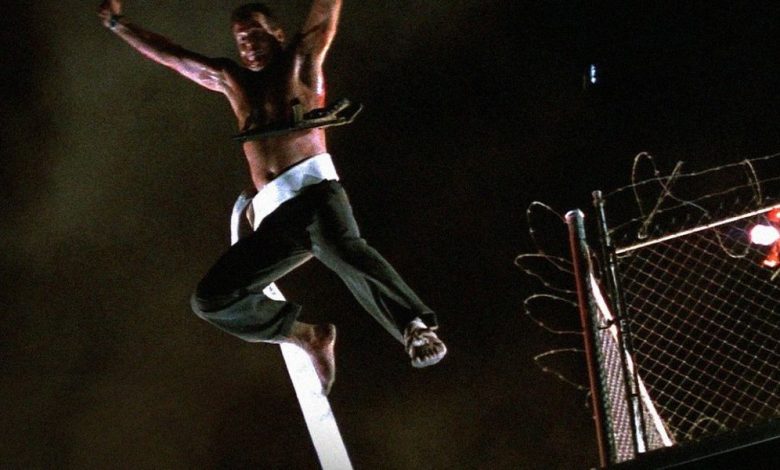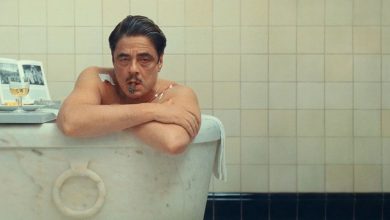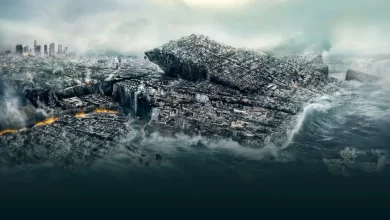How Die Hard Revolutionized the Action Movie Genre and Created an Iconic Hero

At a time when Hollywood’s idea of an action hero was basically an invulnerable bodybuilder who could dodge bullets while delivering one-liners, Die Hard came in like a storm, redefining action films and setting a new standard.
With its relatable protagonist, intense action sequences, cerebral combat, and an iconic villain, Die Hard remains a masterclass in the single-location action-thriller genre.
Story Analysis
The film follows a classic three-act structure, making it ideal for screenwriting analysis. It centers on John McClane (Bruce Willis), an NYPD cop who visits his estranged wife, Holly (Bonny Bedelia), at her company’s Christmas party inside the 40-story Nakatomi Plaza. The party is suddenly hijacked by Hans Gruber (Alan Rickman) and his men. McClane escapes unnoticed and must navigate the building alone to save the hostages and stop Gruber’s plan.
Core Theme: Redemption and Realism
McClane’s journey is one of redemption—his determination to save his wife and the hostages reflects his desire to atone for personal failures. Unlike typical 80s action heroes, Die Hard challenges traditional masculinity through McClane’s vulnerability and grit.
What Makes John McClane a Unique Action Hero?
McClane is a hero you can relate to. He’s not a superhuman but an everyman who faces overwhelming odds. He strategizes, sneaks, and perseveres despite pain and fear. Physically lean and unassuming, McClane relies on his intelligence over brute force, avoiding unnecessary violence.
Rooted in realism, McClane embodies the primal human instinct to survive and overcome adversity.
Hans Gruber: A Villain Like No Other
Unlike typical villains of the era, Hans Gruber is an evil mastermind who uses charisma, wit, and precision to manipulate others. His calm demeanor hides a ruthless killer capable of cold-blooded violence, making him a chilling and memorable antagonist.
See More ...
Gruber’s layered personality influenced many iconic villains in later action films, such as Hans Landa in Inglourious Basterds and Howard Payne in Speed.
Cultural Impact of Die Hard
-
Revolutionized Action Storytelling
By grounding spectacular action in a personal story—McClane’s estranged marriage—the film adds emotional depth rarely seen in the genre. -
Established the “Die Hard On A _____” Template
Die Hard popularized the formula of a lone hero trapped with many enemies in a confined space, inspiring films like Speed (on a bus), Under Siege (on a battleship), and Passenger 57 (on a plane). -
Became a Pop Culture Icon
Die Hard’s setting, catchphrases like “Yippee-ki-yay, motherf**”**, and memorable scenes have been widely referenced and parodied across media. The Nakatomi Plaza itself became a tourist landmark.
The film’s Christmas setting has sparked debate on whether Die Hard qualifies as a Christmas movie, a discussion that continues among fans.




